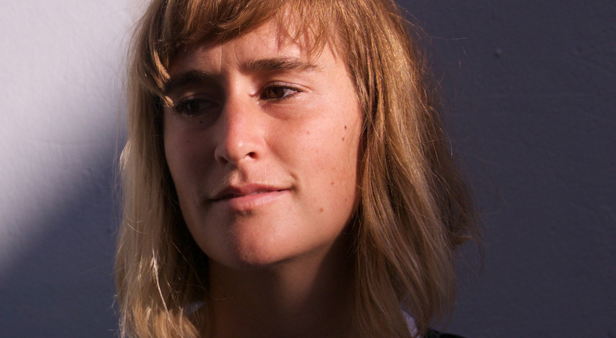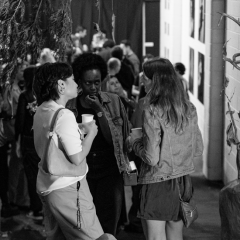Growing up in the mountainous areas of New England and the Australian bush had a formative impact on your inspiration. What was it about these environments that had a profound influence on you?
The ancient, boney rawness of that New England landscape – with its granite boulders and stunted snow gums – set the stage for my explorations into what truly Australian art and architecture could be. That landscape of my childhood remains within me – as one of my ancestors Judith Wright wrote about that same country which inspired so much of her poetry:
South of my days’ circle
I know it dark against the stars, the high lean country
full of old stories that still go walking in my sleep.
What first drew you to a career in architecture?
I have played with transforming my surroundings into shelter since I was a child – building cubbies in the bush from sticks, mud and grass. Later I was drawn to pursuing architecture as I saw it as a way of making art which was also useful. Though I never anticipated how much time I would need to spend at a computer!
You’ve diversified your portfolio to include design and artistic practices – how have you taken your early inspirations and applied them to these fields?
While ‘doing architecture’ can be creative, these days it is a largely computer based, cerebral occupation. As I have always loved making things and getting my hands dirty, I have felt dissatisfied with the nature of architecture as an occupation, so I have sought ways to work in a more physical, immediate way. Working on temporal public art installations has allowed me to design and build my projects with my own hands and to be more experimental than I could be when designing someone’s house.
We’re curious about your thoughts on ‘placeness’ and how it is reflected in your work. How does imbuing a piece with a sense of ‘placeness’ enhance a design or piece of art?
A piece which is imbued with a sense of ‘placeness’ truly belongs to its setting, yet also reveals something new about that setting. By refracting the physical materials of a particular place into a new form, I seek to give people a deeper understanding of that place. Our surroundings become no longer just ‘scenery’ to be gazed upon and enjoyed, but can be read as a set of resources which can become food, shelter, or fibre for making usable objects.
We’ve love the concept surrounding Botanica Contemporary Art Outside. What was it about the project that resonated enough with you that you wanted to be involved?
I am always interested in working in a site-specific way, to draw out the essence of a new place. As I had never been to the City Botanic Gardens before this project (I live in Byron Bay), I was curious to explore the opportunities afforded by its exciting and diverse range of plants, and also to build a work in such a beautiful landscape!
We’re very curious to get a closer look at your work ‘Hairy Eyrie’! What can you tell us about the conceptual inspiration behind the work?
I was curious to discover what the gardens ‘wanted to become’ in the form of an architecture. This lead me to explore the potential of its plant materials including various types of bamboo, palm fronds and tree nuts. ‘Hairy Eyrie’ is the outcome – a (very hairy) shelter which is an expression of its place, a ‘local’ architecture.
How did the piece come together?
I explored the gardens on foot, identifying which plant materials could be useful to form a strong primary structure, shade, protection from the rain and a textural ground cover. I then harvested some of these materials and tested them out at a 1:1 scale. I had a basic form in mind, but the outcome was largely generated by the properties of the materials I chose and the techniques I applied to them.
You’ll also be running a couple of workshops during the exhibition – what will you be teaching the workshop’s participants?
I will be teaching people to weave a basket from native plant materials which are commonly found around the streets and backyards of Brisbane. We will walk around the gardens identifying which plants can be used as fibre, then we will transform these plants into a useful object!
You’re a big proponent of using local materials in your work across exhibitions such as Botanica and your design projects. In your opinion, what is the biggest advantage of working with locally sourced items?
Working with locally sourced materials just makes sense. Environmentally their use involves less ‘material miles’, & usually less embodied energy as these materials are often in their raw form or recycled. Socially, an investment into the skills of local people takes place, & economically this allows the money to keep going around in the local community.
What is something you are currently finding inspiring in the world around you?
I am constantly inspired by the landscapes I travel t! I love foraging for plant fibres in every place I go, then weaving a basket from them so that I have a gradually expanding collection of ‘places’ in the form of a basket. Most recently in New Zealand I loved gathering the New Zealand flax, reading about how the Maori people processed and wove with it, then weaving my own creation.
You can view Zana’s work – and that of several other artists – at Botanica Contemporary Art Outside from April 6–15 at the City Botanic Gardens.

